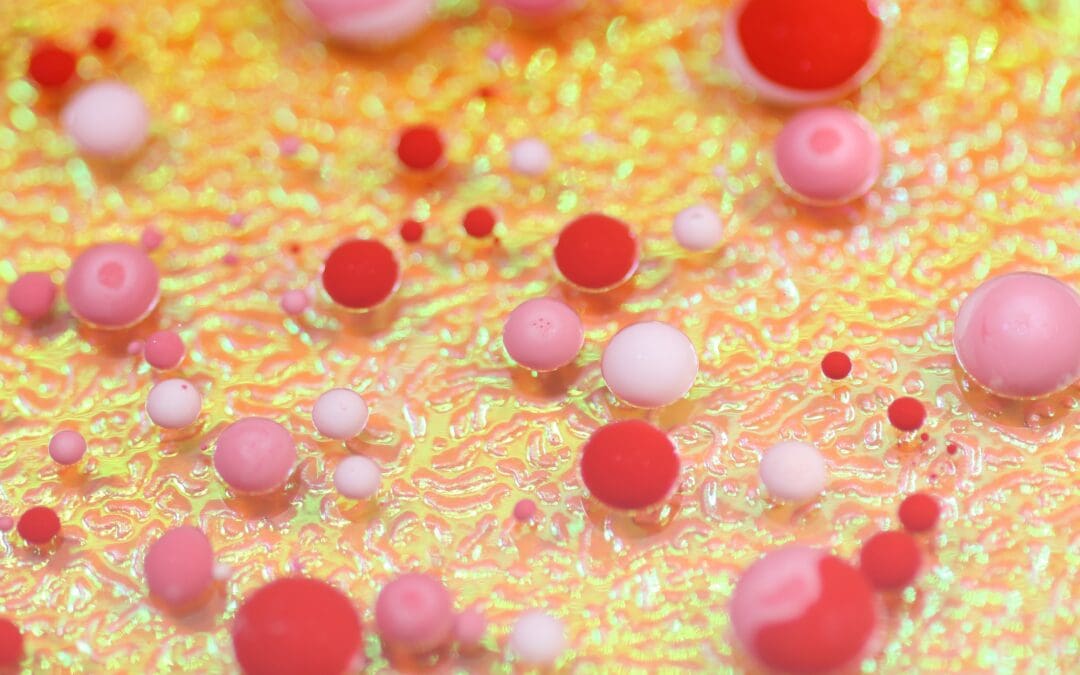Abstract
Purpose: To use NanoDot dosimeters to study the RS 2000 X-ray Biological Irradiator dosimetry characteristics and perform in vivo dosimetry for cell or small animal experiments. Methods and materials: We first calibrated the Landauer NanoDot™ Reader by irradiating some NanoDot dosimeters with a set of known doses at specific positions defined by the irradiator. A group of five NanoDot dosimeters were placed at five specific positions where the dose rates were known and provided by the irradiator. Each group was irradiated for a set of times respectively. By correlating the readings of dosimeters with the given irradiated doses, we established the dose-reading relationship for the irradiator under the specific running condition. The established calibration curve was validated by exposing arbitrary known doses to a set of dosimeters, using the Landauer NanoDot™ Reader to measure the doses, and then making the comparison between the two doses. To study the dose gradient of the X-ray inside the irradiated target (dose variation/cm), we placed dosimeters under different thicknesses of water-equivalent bolus and irradiated them, then measured the doses to determine the dose gradient. Results: Using the method described above, we were able to calibrate the Landauer InLight NanoDot™ Reader and use NanoDot dosimeters to measure the actual doses delivered to the targets for the cell/small animal experiments that use the RS 2000 X-ray Biological Irradiator. Conclusions: NanoDots are ideal dosimeters to use for in vivo dosimetry for cell/small animal irradiation experiments. The dose decrease inside the animal tissue is about 20% per cm.
Int J Radiat Biol. 2013 Jul 29. [Epub ahead of print]
Using NanoDot dosimetry to study the RS 2000 X-ray Biological Irradiator.
Lu L, Bondra K, Gupta N, Sommerfeld J, Chronowski C, Leasure J, Singh M, Pelloski CE.
Source
Wexner Medical Center, The Arthur G. James Comprehensive Cancer Center and Richard J. Solove Research Institute, Department of Radiation Oncology, The Ohio State University , Columbus, Ohio , USA.
Website
https://www.ncbi.nlm.nih.gov/pubmed/23786571

